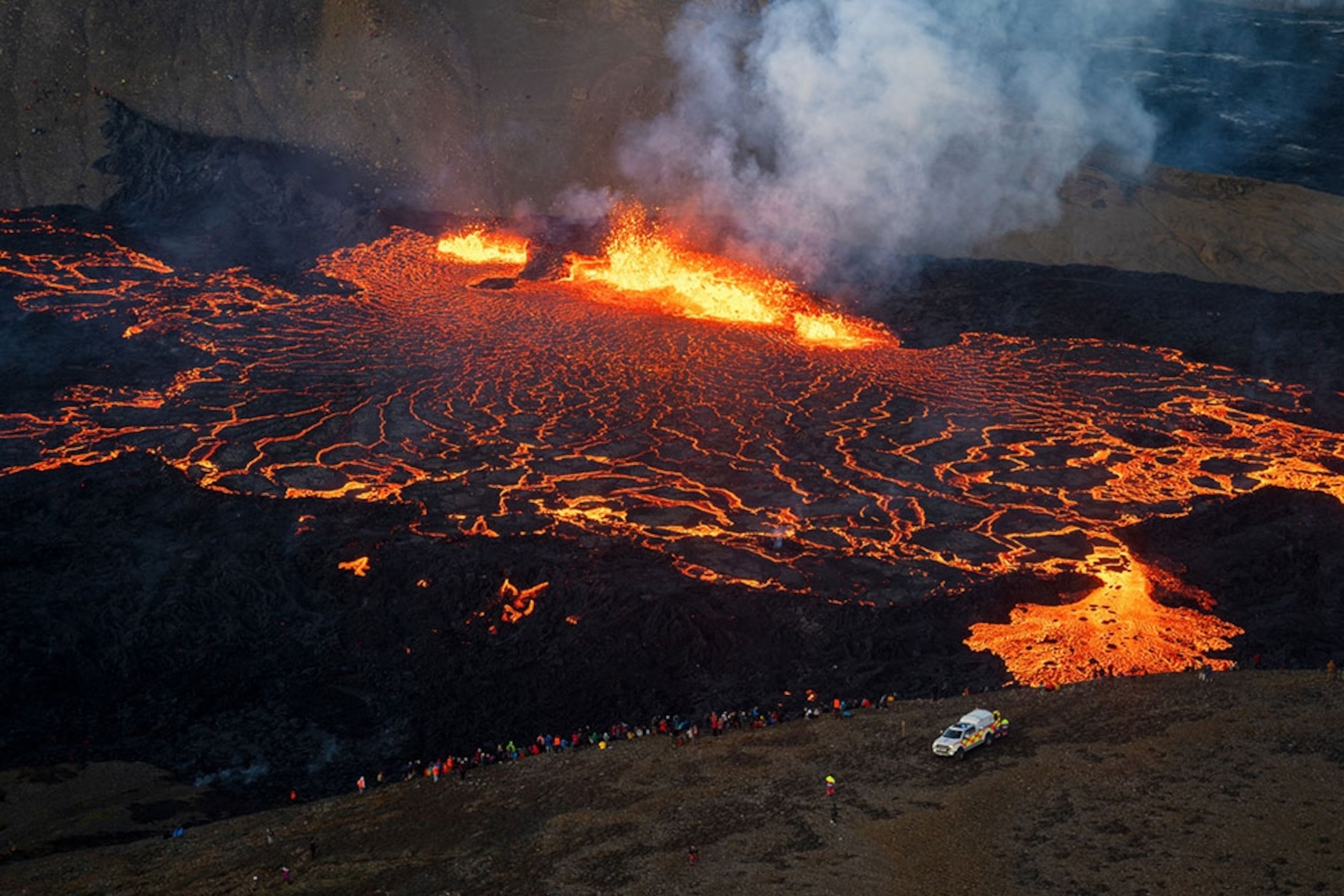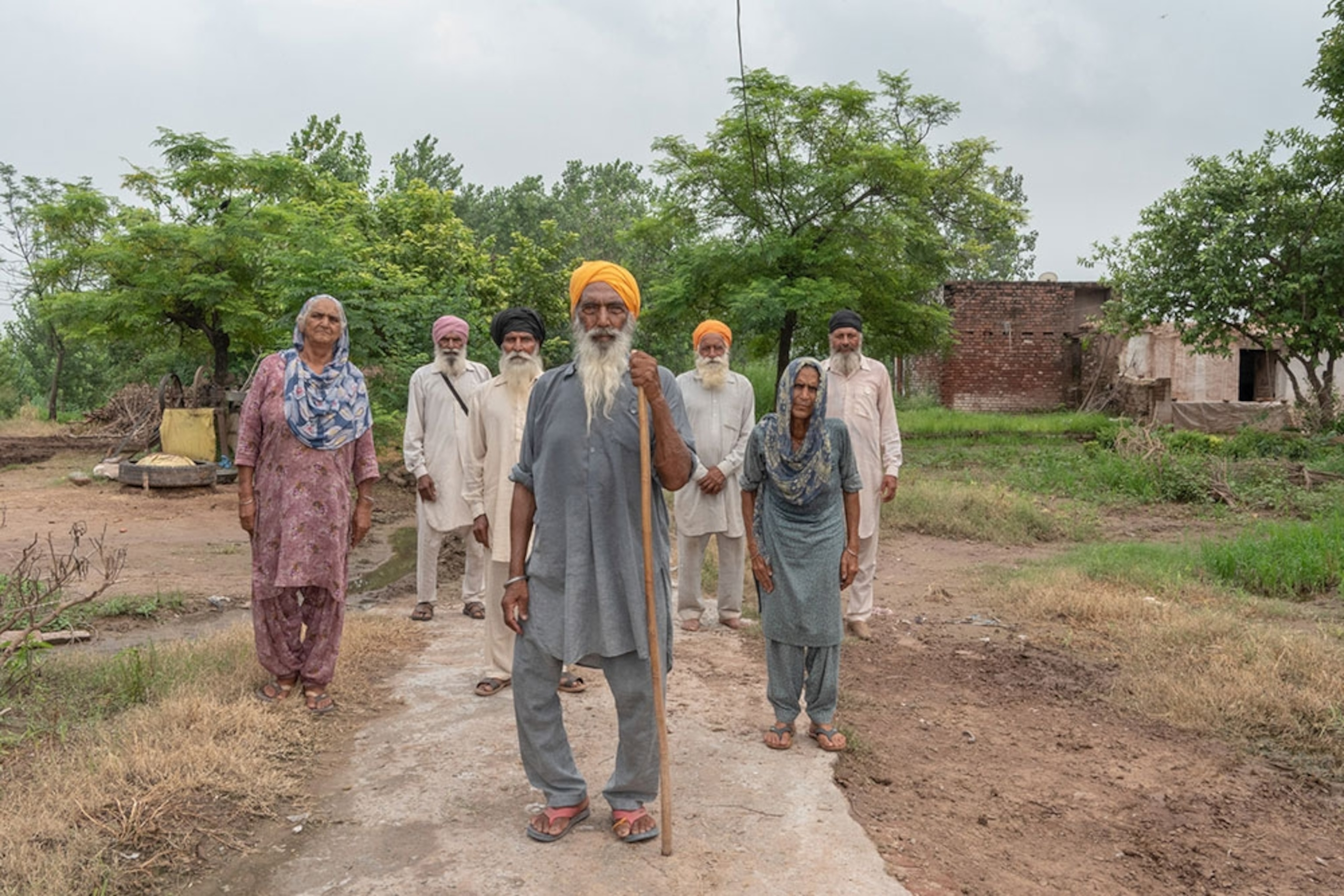
When face masks were scandalous
These days, face masks are utilitarian, sterile, form follows function. Centuries ago, the elaborate masks opened doors for social rituals, kept upper-class Europeans away from prying eyes, and were decried by critics as sexy and scandalous.
Over the past few years, form has followed function for face masks—the stronger the better to fight a crippling pandemic. But centuries before N-95s, black velvet and more exotic materials shielded upper-class faces from prying eyes and opened the doors to baroque social rituals.
And yes, face masks had their critics, even then. Self-appointed moralists called the masks scandalous, saying wearers lived “in all kinds of voluptuousness and pleasure.” Nat Geo History looks at Europe’s mask subculture of the 1500s—and safety-minded people today might chuckle while they hook the strings of their plain white masks around their ears.
Read the full story here.
Pictured at top, masked women depicted in a pilgrimage in a 1601 painting; above, “Butterfly People,” by Indian designer Rahul Mishra, is among a virtual exhibition of more than 100 contemporary face masks from around the world, Nat Geo reports.
Please consider getting our full digital report and magazine by subscribing here.
STORIES WE’RE FOLLOWING
• How the historic climate bill will drastically reduce U.S. emissions
• Live animal markets in San Francisco accused of mistreatment
• How has Afghanistan changed since the U.S. left? We traveled the nation to find out.
• Strange moth flights revealed for the first time
• Five ships set sail 500 years ago on the first round-the-world voyage. One returned.
IN A FEW WORDS
This new legislation is expected to speed the transition to clean technology so much that non-polluting energy—solar, wind, nuclear power, geothermal energy, hydropower—could supply up to 81 percent of the country’s electricity by the end of this decade.Craig Welch, National Geographic reporter, From: How the historic climate bill will transform the U.S. energy landscape
IN THE SPOTLIGHT
An enduring divide: When a fence went up after 1947’s sudden demarcation of India and Pakistan, many border towns were cut off. In these aging hamlets, roads are still unpaved, and there are no high schools nor hospitals. “We are the forgotten people,” says 70-year-old farmer Jodh Singh, from Mammi Chak Ranga village (pictured above). He spoke with Nat Geo ahead of today’s 75th anniversary of Partition, the separation of India and Pakistan.
Related: Map shows how India was split
Hear a survivor talk about Partition’s toll
PHOTO OF THE DAY
With the reindeer herders: The Nenets, from Russia’s Arctic, migrate 800 miles a year with their antlered herds. That’s gotten harder, with climate change and a giant natural gas field. In recent years, one herder told Nat Geo, “our reindeer were too weak for the long journey.” Nat Geo Explorer Evgenia Arbugaeva, herself a native of Russia’s North, took this image of a family at play on the Yamal Peninsula. It was recently featured in our Photo of the Day archival collection.
LAST GLIMPSE
The power behind a shower: Science has an explanation why you may get some of your best ideas while taking a shower—and has tips on how to ignite creativity elsewhere during the day (like while walking the dog). One cognitive neurologist tells Nat Geo that, in a shower, “ideas bounce around, and different thoughts can collide and connect.”




